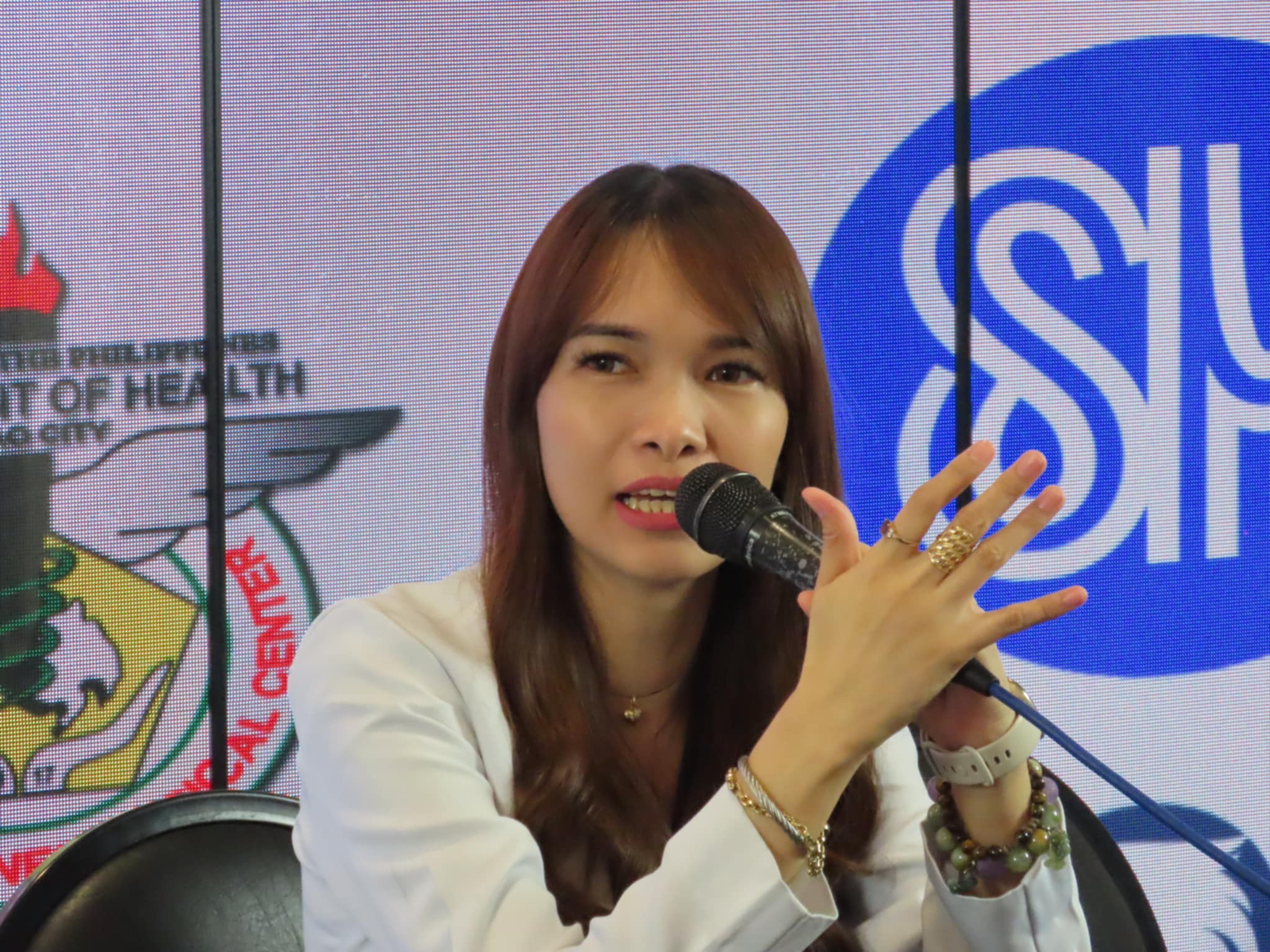SOUTHERN Philippines Medical Center (SPMC) Dermatology department reiterated on Monday, that treatment for leprosy is available at the hospital for free.
“We want the public to know that leprosy is curable and treatment is available,” Dr. Donna May A. Sarenas said during the Healthy Davao media forum.
She stressed that early manifestations include skin lesions, peripheral nerve involvement, and definite loss of sensation in a pale (hypopigmented) or reddish skin patch.
The patients only need to undergo a check-up for proper diagnosis before they can avail of the free drug treatment.
Dr. Silvino Rey Pino shared the multi-drug therapy from the World Health Organization comes in packets and is provided to the patients for 6-12 months depending on the severity.
“In SPMC, we allot them so the patient can complete their medication since there are cases where the treatment is stopped and they have to return, so the medication is alloted,” Pino said.
However, the diagnostic fee which confirms the presence of leprosy costs P4,200, which can be covered by government social assistance.
SPMC’s dermatology department logged 35 new cases in 2024, with 1-2 treated patients, which is significantly lower compared to 2023 with 42 cases. The 35 new cases are coming from Davao City, Davao del Sur, Panabo, Cotabato, Kidapawan, and Surigao.
The low number of treated cases can be attributed to the duration of the treatment as some cases need to repeat biopsy if micro bacteria is found, treatment is extended.
Sarenas explained that once a leprosy patient undergoes treatment in a few days, the bacteria cannot be transmitted, however, they set it at one month.
She added that there is no need for isolation of leprosy patients as once they start the treatment, they can no longer transmit it to other people.
Leprosy patients after biopsy are referred back to their community health centers and provided continued medication, as SPMC discourages isolation facilities which can only add to the historical stigma.
Leprosy, which is caused by a type of bacteria, Mycobacterium leprae, is not very infectious, hence it requires prolonged close contact and exposure to patients before it is transmissible.
Sarenas added that leprosy has a 5-10 years incubation period before the symptoms develop, so by the time the patient is diagnosed, the family members were already exposed, hence SPMC advises the family members to also seek medical assistance.
The doctor said transmission is through droplets, so the difficulty in tracing the cases can be attributed to the incubation period.
The doctor urged those who have found skin manifestations to consult the doctor immediately for early detection as manifestation could lead to complications including disability.

